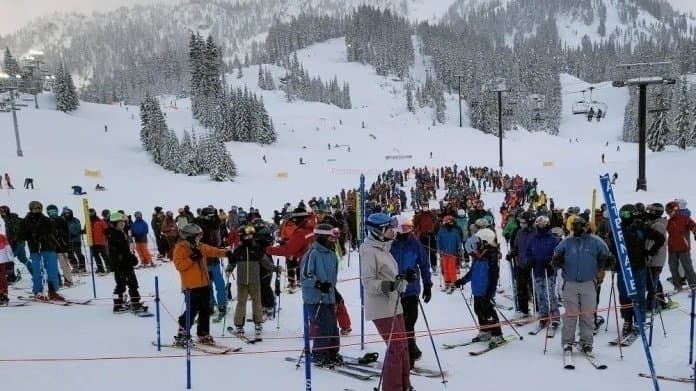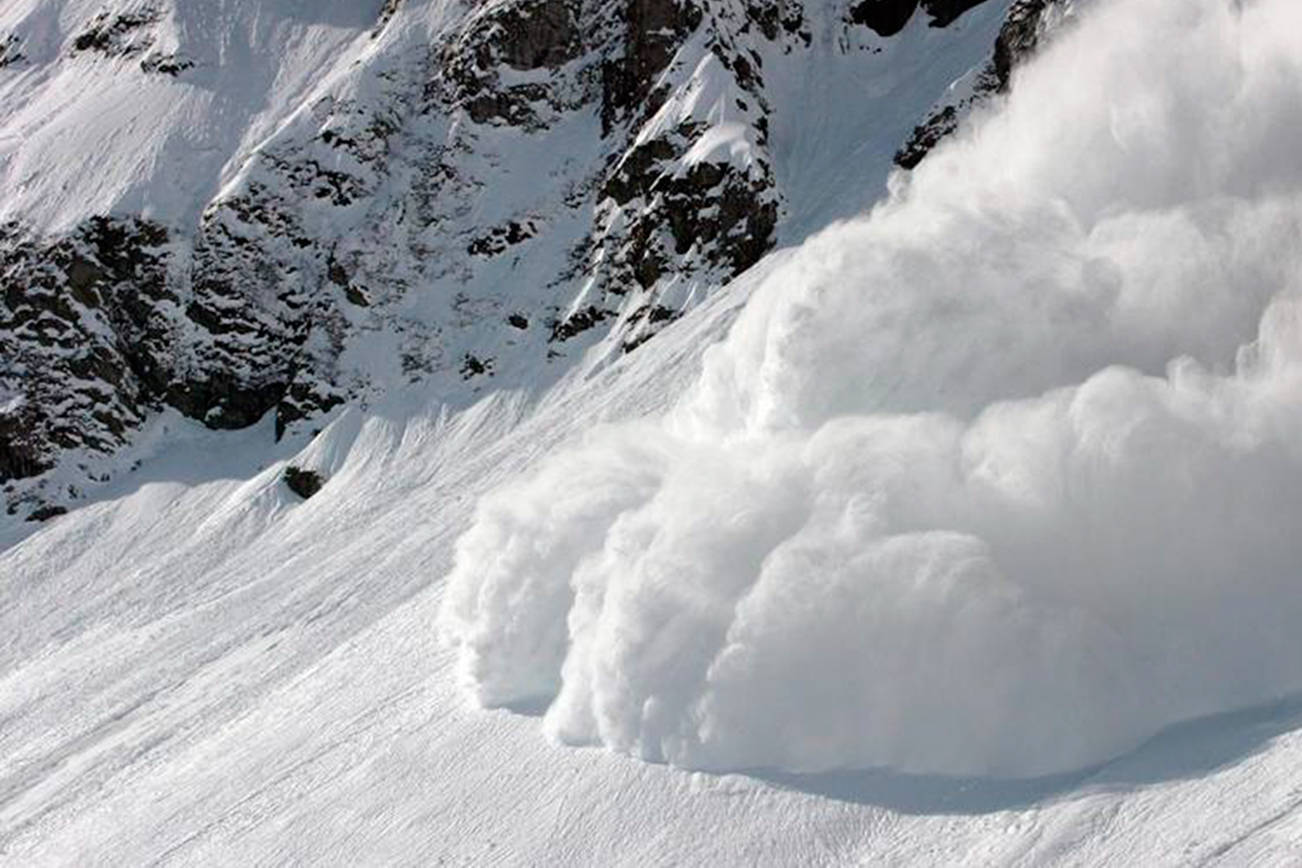
The ongoing coronavirus pandemic, which emerged into the global spotlight 18 months ago, is still raging around the world and continues to disrupt all avenues of life. However, one thing that it has not disrupted is the infamous traffic on the slopes of Mt. Everest.
Photos of the crowded ridges and faces of the climb to the top of the world went viral in May 2019, well before the coronavirus shook up the world. Frequent climbers and guides on its flanks say that the congestion has been building ever since the early 2000s and has just recently snagged the attention of the mainstream media.

The cause behind the traffic jams up the 29,032′ peak is primarily driven by weather. Only a handful of days in the March-June climbing window in which temperatures, precipitation, and wind conditions align to create a safe summit window. During these optimal weather days, there can be hundreds of clients gunning for the summit on one day.
For the 2021 climbing season, China closed its access to Everest to any foreigners, forcing an additional bottleneck through the Nepal side. This closure forced Nepal to issue a record 408 permits to ascend the peak, worth about $4.2 million. This created unprecedentedly crowded conditions.
Unfortunately, the heavy traffic on Mt. Everest brings some very disappointing side effects. Experts estimate there may be upwards of fifty tons of human-caused trash on the world’s highest peak. Environmental groups have made concerted efforts to clean up the mountain, particularly near base camp. Still, the persistent traffic up its flanks means Everest’s trash problem might not go away any time soon.





